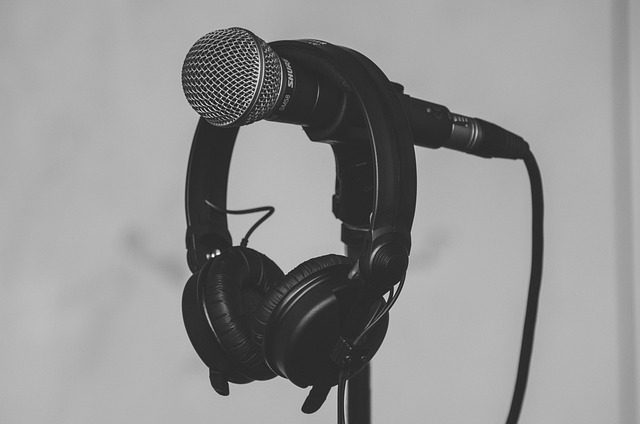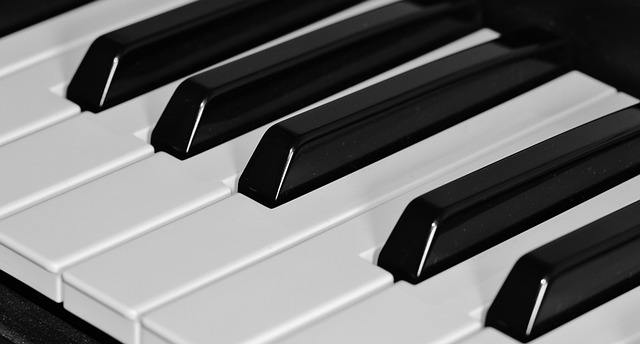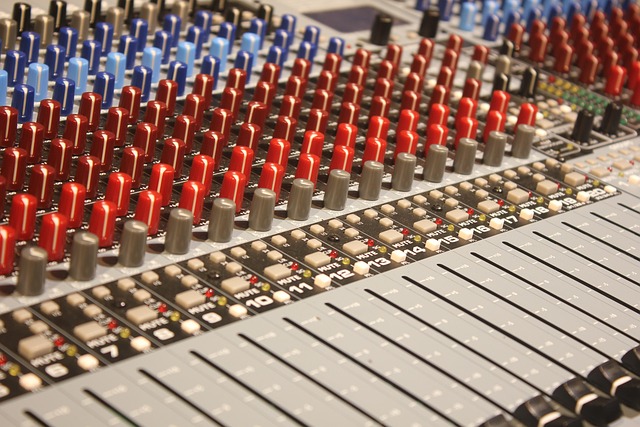Perfecting Your Sound: Mastering Quality Audio Recording Techniques
In an age where content creation is at an all-time high, the importance of quality audio recording cannot be overstated. Whether you are a budding podcaster, a seasoned musician, or a vlogger looking to elevate your craft, achieving professional-grade audio is key to engaging your audience. In this article, we’ll explore essential techniques and tips that will help you refine your sound and ensure that your recordings resonate with quality.
Understanding Your Environment
Your recording environment plays a crucial role in the quality of your audio. Noise and echo can muddy your sound and distract listeners. To combat this, choose a quiet space with minimal distractions. Consider acoustic treatments like sound-absorbing panels, curtains, or even furniture that can help reduce echoes and background noise. The more controlled your space, the better the quality of your recording.
Investing in the Right Equipment
While it might be tempting to rely on your smartphone or built-in computer mic, investing in quality equipment can significantly elevate your audio. Start with a reliable microphone that suits your needs—whether a condenser mic for rich vocals or a dynamic mic for instruments. Pair your mic with a good audio interface to ensure that sound is captured accurately. Remember, when it comes to equipment, the goal is to achieve quality that captures your voice and instruments authentically.
Microphone Placement Matters
Correctly positioning your microphone can make a world of difference in your audio quality. Experiment with different distances and angles to find the sweet spot that captures the best sound. For vocals, try placing the mic about 6-12 inches away from the mouth, and use a pop filter to reduce plosive sounds. For instruments, take the time to test placements to ensure you are capturing the full tonal quality without unwanted noise.
Utilizing Proper Recording Techniques
Once your space is set up and your mic is in place, it’s essential to focus on your recording techniques. Always check levels to avoid clipping or distortion, which can ruin the quality of your audio. Aim for a healthy level that peaks around -6 to -12 dB. Recording in a lossless format, such as WAV, preserves the full audio spectrum for better results post-production. Remember, you can always edit, but you cannot recover lost data from a poorly captured recording.
Post-Production: Enhancing Your Audio
Even after capturing great audio, post-production is vital to achieving a polished sound. Utilize digital audio workstations (DAWs) for editing and enhancing your recordings. Tools like EQ, compression, and reverb can help enhance the overall clarity and presence of your sound. Properly mastering your audio can bring out the quality by ensuring consistency and balance across all playback devices.
Feedback and Continuous Improvement
Finally, never shy away from seeking feedback. Sharing your recordings with trusted peers and mentors can provide valuable insights into areas for improvement. Listen closely to their critiques, and use them to refine your technique. The journey to mastering quality audio recording is continuous, and there is always room to grow and evolve your skills.
By incorporating these techniques into your workflow, you’ll be well on your way to enhancing the quality of your audio recordings and captivating your audience like never before. Remember, achieving great sound takes time, patience, and practice, so keep experimenting and pushing the boundaries of your creativity!



